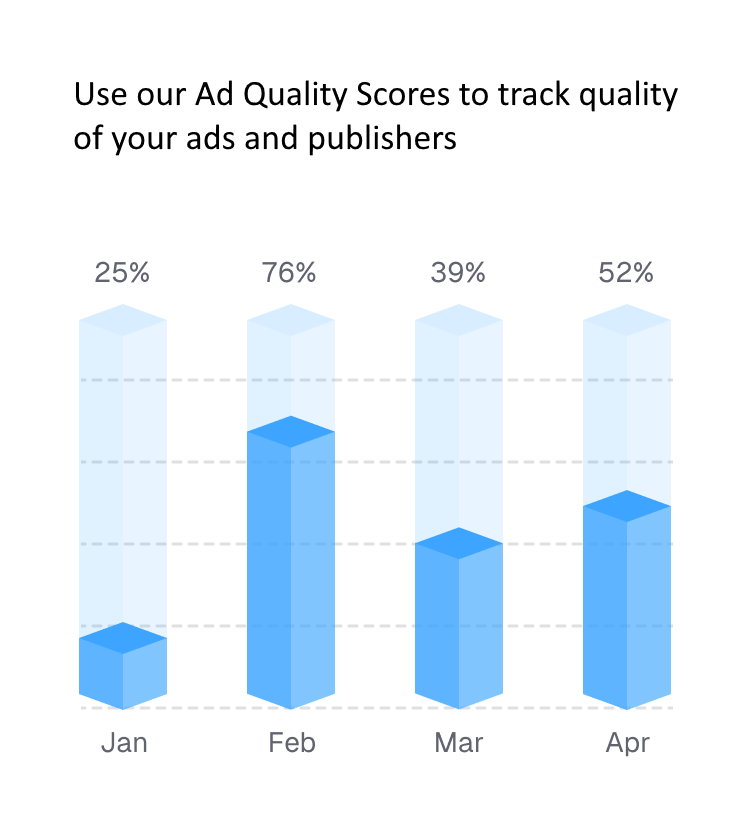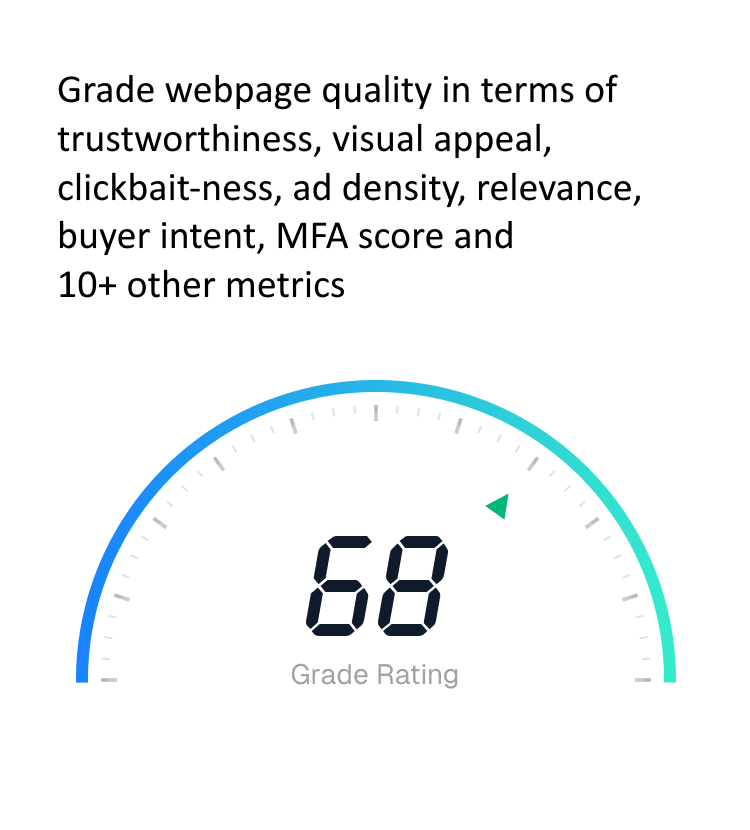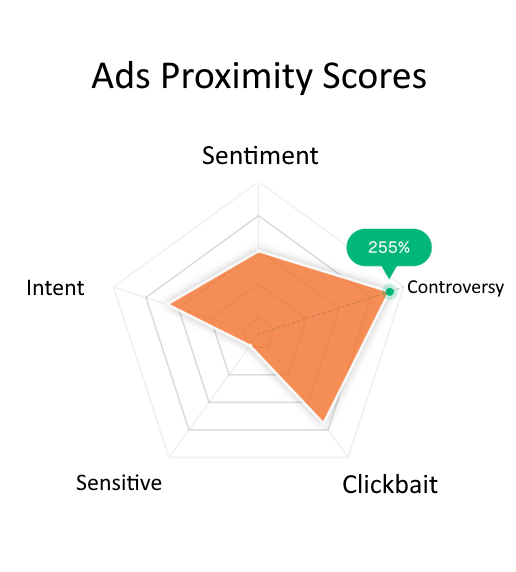Powerful optical character recognition combined with natural language processing to detect and moderate harmful text content embedded within images.

In the digital age, bad actors have become increasingly sophisticated in circumventing traditional content moderation systems. One of the most common tactics involves embedding harmful text within images – a practice that bypasses standard text-based filtering systems and creates significant blind spots in platform safety measures.
Consider the prevalence of memes, screenshots, infographics, and user-generated visual content across modern platforms. These images often contain critical textual information that can include everything from harmless jokes to dangerous hate speech, personal threats, leaked private information, and malicious links. Without the ability to read and understand this embedded text, content moderation efforts are fundamentally incomplete.
Our Advanced Text-in-Image OCR Moderation system addresses this critical security gap by combining state-of-the-art optical character recognition with sophisticated natural language processing. This two-stage approach first extracts all textual content from images with remarkable accuracy, then applies advanced AI models to analyze this text for policy violations across multiple categories.
Studies show that over 40% of harmful content on visual platforms contains embedded text that traditional image analysis misses. Our OCR moderation closes this critical gap in platform safety.

The foundation of effective text-in-image moderation lies in accurate text extraction. Our OCR engine represents years of machine learning research and development, capable of recognizing text across an enormous range of visual conditions, fonts, languages, and orientations.
Unlike basic OCR systems that struggle with anything beyond clean, horizontal text, our advanced engine handles complex scenarios that are common in user-generated content. This includes rotated text, distorted fonts, stylized graphics, handwritten content, text overlays on complex backgrounds, and even deliberately obfuscated text designed to evade detection.
The system supports over 100 languages and can process mixed-language content within a single image. This multilingual capability is essential for global platforms where users communicate in diverse languages and bad actors may attempt to hide harmful content in less commonly monitored languages.
Our OCR technology employs deep neural networks trained on millions of diverse text samples, ensuring high accuracy across different text styles, sizes, and visual conditions. The system can extract text from screenshots, memes, social media posts, product listings, handwritten notes, street signs, documents, and any other visual content where text appears.

Once text is extracted from images, our advanced Natural Language Processing (NLP) engine analyzes the content for various policy violations and harmful patterns. This isn't simply keyword matching – our AI understands context, intent, and subtle linguistic patterns that indicate problematic content.
The NLP system recognizes that harmful content often uses coded language, euphemisms, and context-dependent meanings that vary across communities and cultures. Our models are trained to understand these nuances, identifying threats and hate speech even when they use indirect language or cultural references that might confuse simpler systems.
Our comprehensive profanity detection goes beyond simple word lists to understand context, intent, and cultural nuances across multiple languages and communities.
The profanity and hate speech detection component maintains an constantly updated database of offensive terms, slurs, and hate speech patterns across dozens of languages. But more importantly, it understands context – recognizing that the same word might be acceptable in one context but harmful in another.
The system can identify targeted harassment, cyberbullying language, discriminatory speech based on race, religion, gender, sexuality, or other protected characteristics. It recognizes coded hate speech that uses numbers, symbols, or euphemisms to disguise harmful intent, and it understands evolving internet slang and meme culture that bad actors often exploit.

One of the most critical applications of text-in-image moderation is the detection and protection of Personally Identifiable Information (PII). Users often inadvertently share screenshots or images containing sensitive personal information, creating privacy risks and potential legal liabilities for platforms.
Our PII detection system identifies a comprehensive range of sensitive information types within image text, including phone numbers, email addresses, physical addresses, social security numbers, credit card information, and other identifying details. The system understands various formats and can recognize information even when partially obscured or formatted unusually.
Beyond obvious PII, the system can identify contextual personal information such as workplace details, family member names, school information, and other data that could be used for identity theft or harassment. This comprehensive approach helps platforms comply with privacy regulations like GDPR and CCPA while protecting users from identity-based attacks.
The system also recognizes medical information, financial details, legal documents, and other sensitive content categories that require special handling under various regulatory frameworks. This capability is particularly valuable for platforms in healthcare, finance, and education sectors where privacy compliance is critical.
Our PII detection helps ensure compliance with major privacy regulations by automatically identifying and flagging sensitive personal information before it becomes publicly accessible.

The rise of sophisticated social engineering attacks has made spam and phishing detection within images increasingly important. Malicious actors frequently use images containing text to distribute fraudulent links, promote scams, and conduct phishing attacks that bypass traditional email and text-based security measures.
Our system excels at identifying suspicious URLs, promotional language patterns, get-rich-quick schemes, fake pharmaceutical advertisements, cryptocurrency scams, and other fraudulent content embedded within images. The AI models are trained to recognize the linguistic patterns and psychological manipulation techniques commonly used in these attacks.
The spam detection component identifies unwanted promotional content, repetitive messaging patterns, and coordinated inauthentic behavior. This includes detecting when multiple accounts share similar image-based promotional content, a common tactic in spam campaigns.
Phishing detection focuses on identifying attempts to steal user credentials or personal information through deceptive messaging. The system recognizes fake login pages, fraudulent customer service communications, and other social engineering tactics that often appear in image-based content.
The malicious link detection component analyzes URLs found within images, checking them against threat intelligence databases and analyzing the linguistic context around the links to assess their legitimacy. This provides an additional layer of protection against drive-by downloads, malware distribution, and other URL-based attacks.
Implementing Advanced Text-in-Image OCR Moderation is designed to be seamless and non-disruptive to existing platform operations. Our RESTful API integrates easily with existing content management systems, social media platforms, messaging applications, and file sharing services.
The system processes images in real-time with typical response times under 300ms, ensuring that user experience remains smooth even with comprehensive text analysis. Batch processing capabilities are available for analyzing large volumes of existing content or performing bulk compliance audits.
Configuration options allow administrators to customize detection sensitivity, define custom keyword lists, set up whitelisted terms for industry-specific language, and establish automated response workflows. The system can be configured to automatically blur problematic text, flag content for human review, or remove violations entirely based on confidence scores and policy requirements.
Detailed analytics provide insights into text-based threat trends, helping security teams understand evolving attack patterns and adjust their defensive strategies accordingly. The system generates compliance reports suitable for regulatory audits and provides detailed logs for forensic analysis when needed.
Privacy protection is built into the system architecture, with all text extraction and analysis occurring in secure, encrypted environments. No extracted text or analysis results are permanently stored, ensuring user privacy and regulatory compliance.
Advanced deployment options include on-premises installation, private cloud deployment, and hybrid solutions that meet the most stringent security and compliance requirements.
Protect your community from hidden threats in image-based text content with our advanced OCR moderation system.
Try Free Demo Back to Home